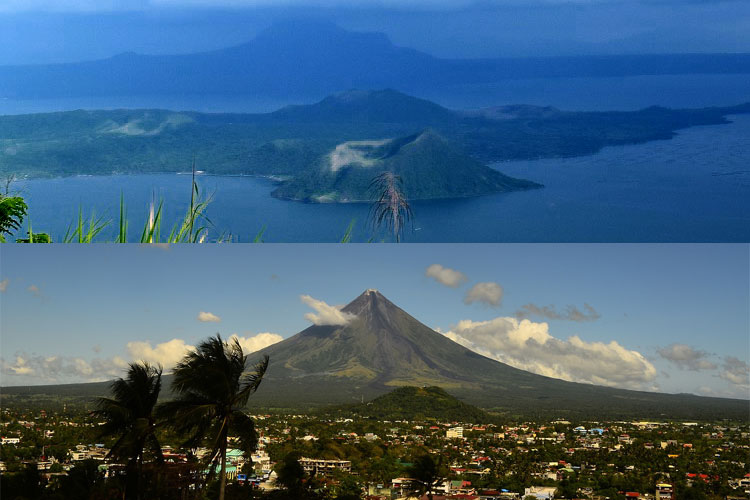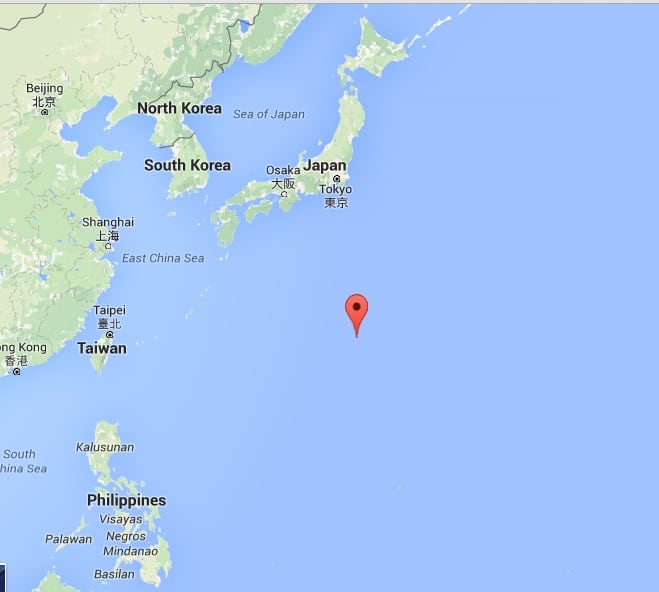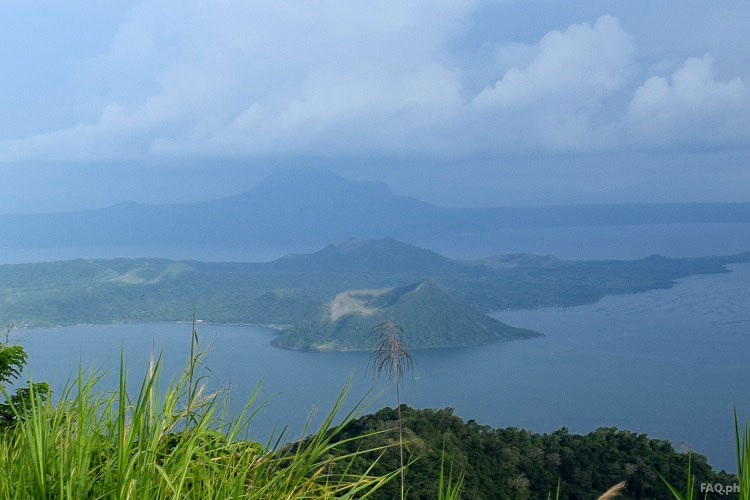
Taal Volcano (top picture) and Mayon Volcano (bottom picture).
Taal Volcano in Batangas and Mount Mayon in Albay are among the ten most dangerous volcanoes in the world according to a list published by the University of Manchester and volcano enthusiasts.
In order to raise awareness of the threats that active volcanoes pose to the world, a collaboration between a group of volcano enthusiasts and the University of Manchester has created a list of the world’s ten most dangerous volcanoes. The volcanoes included are identified as likely to erupt in the next 100 years and cause 1 million deaths or more each.
The ten volcanoes were ranked based on their proximity to large human populations and the scale of destruction from their potential eruptions based on their current activity and history.
Professor Albert Zijlstra of The University of Manchester hopes that with the list, other volcanoes in the world that are not studied well will be highlighted and people in many areas of the world will be more aware and prepared. The professor said: “There are parts of the world where monitoring of volcanoes is very poor, and many of these poorly watched volcanoes are close to populated areas.
The world’s most dangerous volcano
According to the list, the world’s most dangerous volcano is Iwo Jima, a Japanese island invaded by the US army during WW2. The island’s growing magma chamber is pushing up the island at a rate of one meter every four years. Since 1945, the beach where the American forces landed has already risen seventeen meters above the sea level, and it’s only a matter of time before Iwo Jima explodes.
Although the island is not populated, a massive eruption could cause a 25 meter high tsunami that can devastate southern Japan and coastal China. According to the information, the eruption of Iwo Jima could also put the Philippines at risk.

The location of Iwo Jima Island according to Google Maps is near the Philippines.
Taal Volcano

Taal Volcano as seen from Tagaytay
Taal Volcano is the world’s 8th most dangerous volcano according to the list. Taal is also considered the second most active volcano in the Philippines and the smallest active volcano in the world, with 33 recorded historical eruptions. It maybe small but don’t be deceived. Taal is dangerous because of the volume of water within its magmatic system and other systems that are close to it.
Moreover, Taal Volcano lies about 56 km south of Manila, the most densely populated city in the world with a population of 1.652 million based on the 2010 census. It is also in proximity within the urbanized area of Metro Manila and the provinces of Bulacan, Cavite, Laguna and Batangas with a total population of 24,123,000.
Mayon Volcano
Mayon Volcano or Bulkang Mayon in Tagalog is known as the most perfectly formed stratovolcanic cone in the world. Located in province of Albay in the Bicol Region, it is one of the most famous landmarks in the Philippines that attract tourists from around the world because of its panoramic beauty. However, just like Taal Volcano, don’t be deceived by the picture of Mayon Volcano.
Mayon is considered as the most active Volcano in the Philippines having erupted over 49 times in the past 400 years, of which its last eruption was on September 18, 2014. That is why it is closely and regularly monitored by Philippine Institute of Volcanology and Seismology (PHIVOLCS).
Rising at 2,463 meters above sea level with a prominence of 2,447 meters, Mount Mayon is located at the heart of the province of Albay with a total population of 1,233,432 people. The volcano is geographically shared by the eight cities and municipalities of Legazpi, Daraga, Camalig, Guinobatan, Ligao, Tabaco, Malilipot, and Santo Domingo.
Full list of 10 most dangerous volcanoes in the world
Here’s the complete list of the world’s ten most dangerous volcanoes according to University of Manchester and volcano enthusiasts at Volcanocafe.org:
1. Iwo Jima, Japan. At risk: Japan, Philippines, coastal China
2. Chiltepe/Apoyeque, Nicaragua. At risk: Managua
3. Campei Flegrei, Italy. At risk: Naples
4. Mount Aso, Japan. At risk: Kumamoto, Nagasaki
5. Trans Mexico Volcanic Belt, Mexico. At risk: Mexico City, Pueblo, Toluca
6. Gunung Agung, Indonesia. At risk: Bali
7. Mount Cameroon (or Mongo ma Ndemi), Cameroon. At risk: Buea, Douala
8. Taal, Philippines. At risk: Manila
9. Mayon, Philippines. At risk: Legazpi
10. Gunung Kelud, Indonesia. At risk: Malang
What should Filipinos do?
The Philippines is part of the “Ring of Fire”, an area in the basin of the Pacific Ocean where a large number of earthquakes and volcanic eruptions occur. Thus, it’s not unusual that two of the active volcanoes in our archipelago are identified as among the most dangerous in the world.
The goal of the list and this post is not to cause panic among the people who are situated in the proximity of the volcanoes above. The purpose of the list is to improve awareness and preparedness among us. Our government should also take serious concern about this matter. Although we are not as rich as the other countries who can afford to fund their research, monitoring and prediction of volcanic activities, we should not just do nothing and wait for the disasters to come.
The Philippines is not only threatened by super typhoons, big earthquakes and foreign invasions, but there are also hundreds of active volcanoes in our country that could explode in the future. Now is the time for our government and leaders to act for the safety of our people.
References and citations:
http://www.manchester.ac.uk/discover/news/worlds-10-most-dangerous-volcanoes-identified
http://www.volcanocafe.org
http://www.volcanocafe.org/the-tiger-in-the-smoke-taal-the-new-decade-volcano-program-8/
http://www.volcanocafe.org/perfect-symmetry-the-new-decade-volcano-program-9/
https://en.wikipedia.org/wiki/Ring_of_Fire
https://en.wikipedia.org/wiki/Mayon_Volcano
https://en.wikipedia.org/wiki/Taal_Volcano
About Rig Man
Rig Man is a Filipino nationalist. He loves to travel through space and time – through astronomy, history and geology.
Leave a Reply